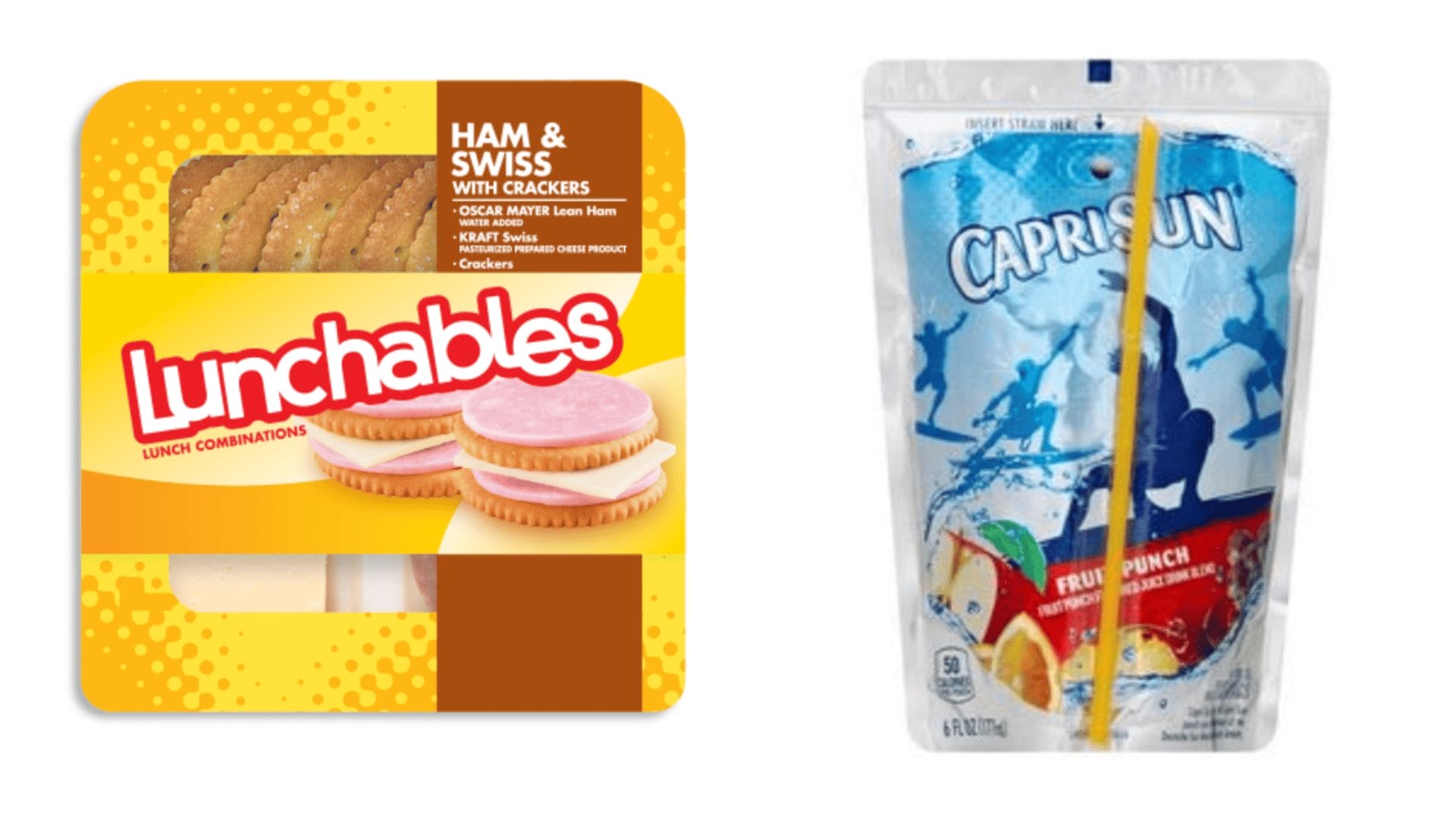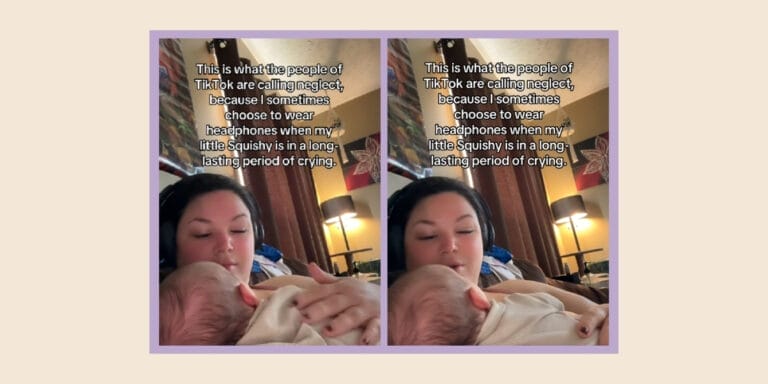Toys taking over? 4 simple ways to declutter your child’s playroom

KonMari magic.
As a certified KonMari consultant, I help my clients simplify their homes and their lives. Together, we implement the method pioneered by Marie Kondo, Japanese de-cluttering guru and author of The Life-Changing Magic of Tidying Up. The method is simple: Choose to surround yourself only with those items that spark joy, and say goodbye to the rest. This is life-changing indeed.
Before I did the KonMari method in my own home, I felt overwhelmed and frazzled. My home felt like a never-ending list of to-dos, and half the time, I just felt like I was moving things from one side of the room to the other. In fact, the UCLA Center on the Everyday Lives of Families did a study that showed that there is likely a direct correlation between women’s stress level and the amount of clutter in their home. So, our stuff can actually make us feel sick.
Our children feel it too. Their small brains are trying to grow and learn, but when their environments are overwhelmed with too much clutter, they can go into overload, which can affect behavior, concentration and mood.
Luckily, my KonMari journey led me to the wisdom of Simplicity Parenting. Written by Kim John Payne, this book further solidifies all of the reasons why having a de-cluttered space is so important for the WHOLE family.
As Payne puts it, “Children need time to become themselves–through play and social interaction. If you overwhelm a child with stuff, they will only know one emotional gesture: More!”
I learned Two Big Lessons after exploring Simplicity Parenting:
1. It’s important to do a MASSIVE de-clutter of children’s rooms and any space in which they play.
Payne asks us to get pretty drastic here, saying that most toy collections can be cut down by two-thirds or more: “Imagine the sensory overload that can happen for a child when every surface, every drawer and closet is filled with stuff? So many choices and so much stimuli rob them of time and attention. Too much stuff deprives kids of leisure, and the ability to explore their worlds deeply.”
2. Choose toys that are not “fixed” and can provide endless ways to play.
For example, a plastic toy with a buzzer does only one thing. It doesn’t challenge a child to invent and create, and it’s likely to end up at the bottom of the toy chest pretty fast.
Instead, choose toys that aren’t “fixed” and that can offer multiple ways to role play, create and learn, like a cardboard box that can become a rocket ship, a castle or a lemonade stand. Dolls, building toys and creative materials like paint and molding clay are also excellent “non-fixed” choices.
With these two concepts in hand, I was ready to conquer toys!
Um, easier said than done.
While I love these concepts, I have to confess that they were a little tricky to implement in our household. As a professional organizer, I can easily let go of things. (My husband says I’ll get rid of anything that’s not bolted down.)
My daughter, on the the other hand, is a different story. She is attached to ALL of her toys, whether they be broken, tossed aside or “fixed.” We are guilty of having MANY “fixed” plastic toys. So what’s a parent of a little pack rat to do?
Luckily, I had an ace in my back pocket. One of my dear friends, Patty Morrissey, also happens to be a KonMari consultant in New York and a Simplicity Parenting advocate. Patty encouraged me to think of our home as a classroom and our toys as inventory that I can curate based on my daughter’s current stage of development.
For Patty, her ah-ha moments came when she finally began to choose toys that she actually wanted to play with with her daughter. She says, “As soon as I brought some nostalgia back into my daughter’s toys, I found myself wanting to play and engage with her more. I love thrifting, so I went out and found old vintage board games, Strawberry Shortcake dolls and watercolors, and before long, the TV was off and we were finding ways to connect and play together.”
Keeping Patty’s wisdom in mind, I was ready to implement a system in our home that felt true to the Kondo and Payne method and that also inspired me to WANT to play more and build more connection.
Our middle ground came from implementing a toy rotation system, which we did by following these steps:
1. Store
I stored the vast majority of my daughter’s toys in plastic bins tucked neatly away in her closet.
2. Curate
We chose a very limited amount of non-fixed toys for active play. These are her dolls and doll houses, Easter eggs and little figurines for impromptu Easter egg hunts (all year round!), markers and coloring books, Play Doh and a few other things.
3. Rotate
When she tires of the toys that she is currently playing with, we place them in a plastic bin and store them away, and bring out some other toys to freshen things up.
4. Donate
I take note of toys that are NEVER played with, and they quietly make their way to the donate bin. This way, she doesn’t feel as though her treasured toys are being discarded behind her back, and we can ALL feel the peace that comes with having an un-cluttered space.
As Payne so succinctly says, “Simplification establishes an unspoken emphasis on relationship.”
So, when your child is asking for that new shiny toy, ask yourself: Do they want that toy or do they want more of ME? By decluttering our environment, we make space and time for more connection.
By giving my daughter less, I am hoping to give her more.


































